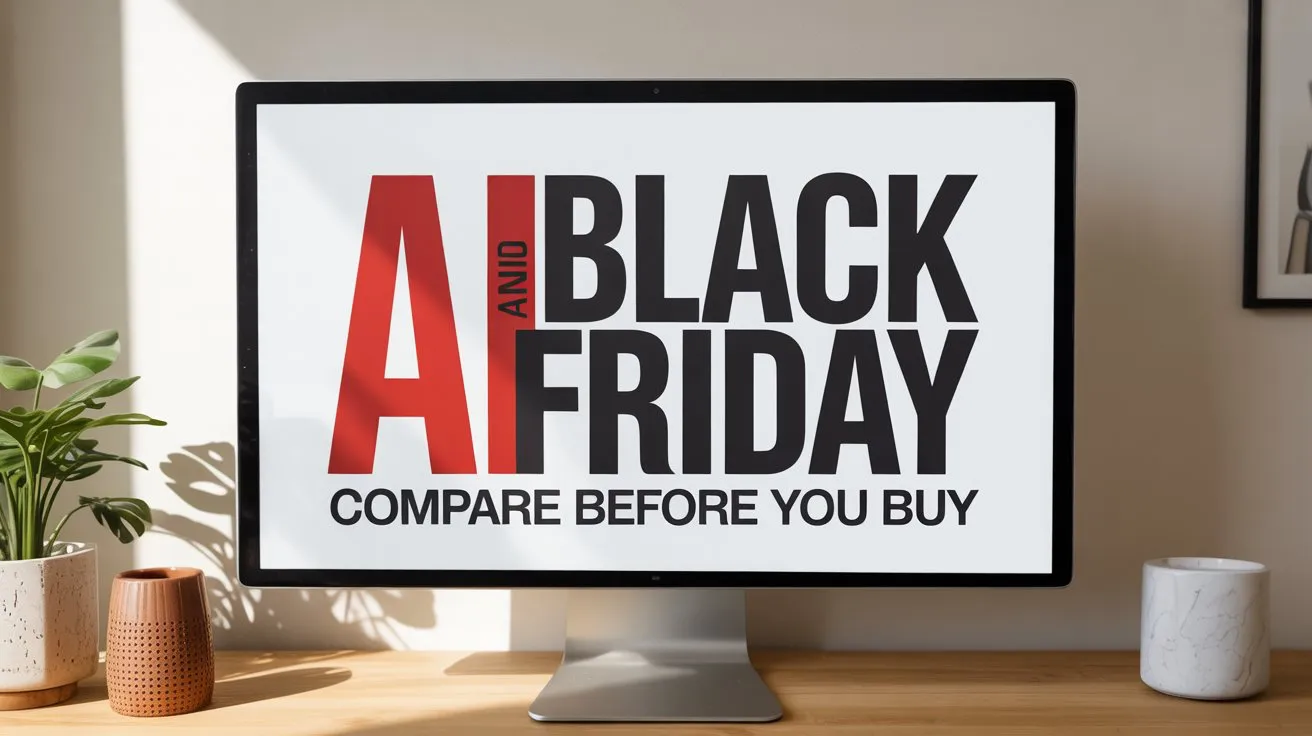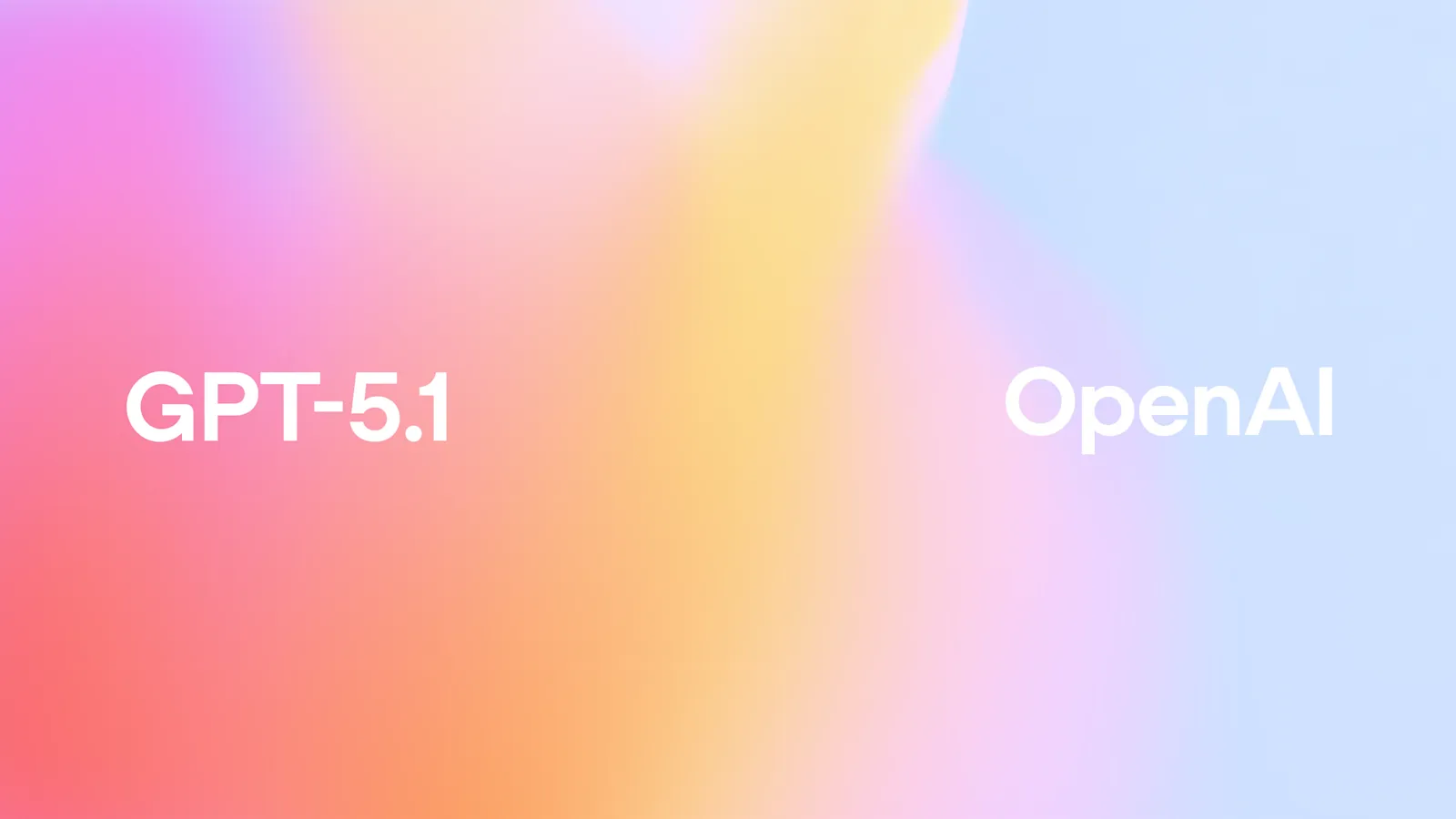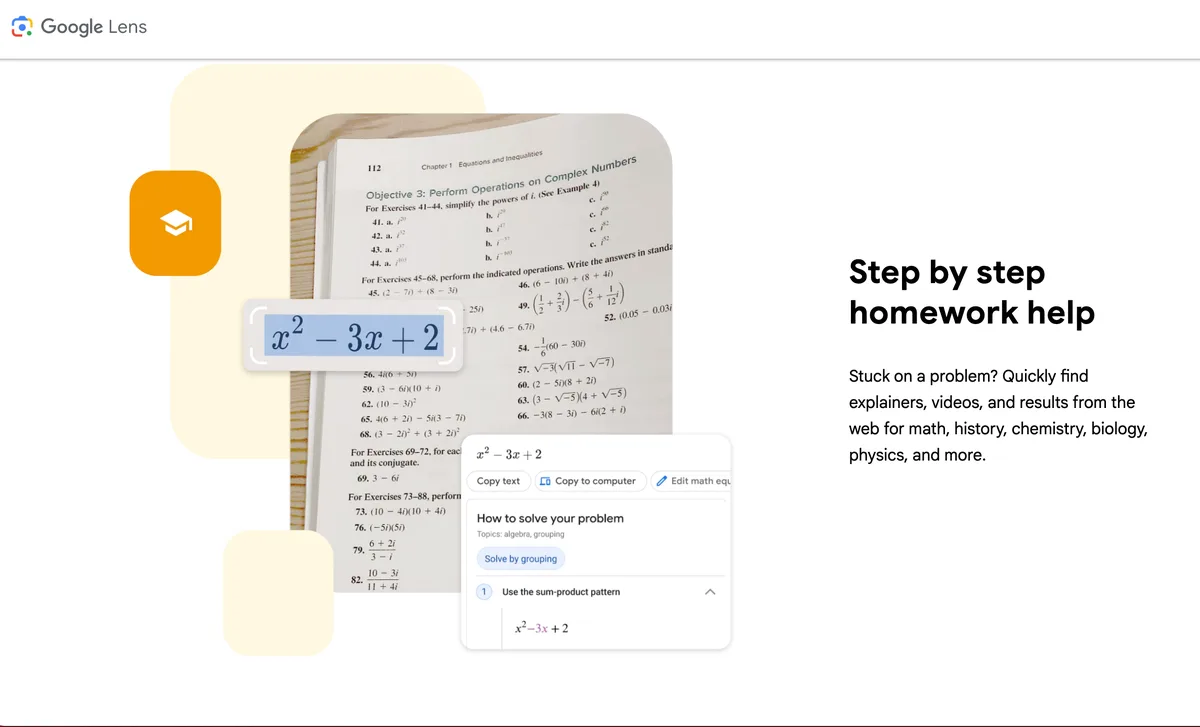Key Takeaways
- We find that using well-known AI tools—ChatGPT, Gemini, Microsoft Copilot, and Perplexity AI—helps organize Black Friday shopping, compare similar items, and read long sales pages faster, especially when we paste in the details ourselves.
- We observe that large retailers are already using AI to time discounts, manage stock, and personalize offers, so shoppers who also use AI see a clearer picture of real value.
- We recommend pairing AI with an actual price or deal source (retailer price history, browser tracker, or published holiday data) because general AI chats do not always hold 30-day prices on their own.
- We rely on current holiday outlooks from Adobe, the National Retail Federation (NRF), Deloitte, and McKinsey to confirm that online spending is still growing and that AI is part of how retailers run Black Friday today.
AI and Black Friday: Why This Matters Right Now

AI and Black Friday now meet in the same place: a short window of heavy discounts and a lot of information to process. Prices can change in the same day, some offers last only a few hours, and different retailers match each other quietly. When we bring AI into that situation, we slow the decision down. We can ask, “Is this TV price good today?” or “Show me headphones under $150 that ship before December 20,” and the AI can organize the answers for us in plain language.1 Because AI and Black Friday now meet on both sides—retailer and shopper—we get better results when we use it deliberately.
How Retailers Are Already Using AI
Recent reports show that retailers expect another strong online season and are using AI-driven systems to decide which products to highlight and when to offer deeper discounts.Adobe’s 2025 holiday forecast, for example, expects U.S. online spending to pass $250 billion, with Cyber Week alone taking more than $43 billion, which requires a high level of automation to handle demand.2 NRF likewise expects 2025 holiday sales to pass $1 trillion across November and December, which means retailers have every reason to tighten targeting and pricing.3
Because sellers are this organized, shoppers should be, too. When AI and Black Friday meet, we should confirm each offer in the cart and pay attention to delivery timelines, especially on popular items.
How to Use Well-Known AI Tools the Right Way
1. Start with a clear list in ChatGPT, Gemini, Copilot, or Perplexity
We can tell the tool: “We need a mid-range laptop, earbuds under $150, and a gift for a 10-year-old.” These models can outline what features matter, which categories usually get Black Friday discounts, and what to buy first. This keeps us from reacting to every banner.
2. Ask AI to summarize long Black Friday pages
Many retailer pages repeat the same offers. Instead of reading all of it, we paste the text into ChatGPT or Gemini and say, “Summarize this, keep items under $300, and note shipping.” AI and Black Friday work well together here because the AI turns clutter into a short list we can act on.
3. Pair AI with real price or deal data
A chat model alone cannot guarantee that today’s price is the lowest this month. That information lives in retailer histories, price-tracking extensions, or public holiday reports. Our approach is: get the number from the source, then ask AI to interpret it. For example, “This monitor was $329 last week and is $279 today—how much is that in percent?” This is accurate, repeatable, and in line with how retailers are actually discounting right now.2
4. Use AI to find alternatives when stock drops
Black Friday moves inventory fast. Instead of starting over, we can tell Copilot or Perplexity, “Show similar soundbars under $200 that are still in stock.” The model can suggest another retailer, last year’s model, or a bundle that still fits. That keeps us inside budget and timeline.
5. Check delivery and returns
Deloitte’s 2025 holiday survey shows shoppers are focused on value and timing, not extras.4 Adobe and NRF also point to strong online spending, which puts stress on shipping windows.2,3 We can therefore ask AI, “Which of these stores will deliver by December 20 and offers free returns?” That single step protects us from late gifts and nonrefundable buys.
Privacy, Limits, and Staying Realistic
Even with good tools, we should stay cautious. Some browser-based shopping helpers collect more browsing data than we need; we can turn off the parts we do not want.5 We also remember that AI might not see app-only or email-only coupon codes, so the final check should always happen in the retailer’s cart.
Most important, we pause. AI can make shopping fast, but we still control the payment. A short check of the return policy, delivery date, and another retailer’s price is usually enough to avoid a bad purchase.
Why These Sources Are Used
- Exploding Topics has a November 2025 article on how AI is affecting Black Friday, including how shoppers are using AI chats to plan purchases.
- Adobe’s September and October 2025 holiday forecasts confirm that U.S. online spending is still rising and that Cyber Week remains a major driver.
- NRF’s November 2025 release projects more than $1 trillion in holiday sales for the first time, which supports the point that retailers will keep personalizing and discounting.
- Deloitte’s 2025 holiday survey shows consumers plan to spend, but want to stay closer to value, which is exactly what AI helps with—sorting real deals from weak ones.
- McKinsey’s August 2024 piece on scaling gen-AI in retail explains why retailers are putting AI into pricing, merchandising, and customer experience, which is what we see on Black Friday pages today.
By tying shopper-side AI use to these specific sources, we keep the guidance aligned with current, public information.
Conclusion

We conclude that the most reliable way to use AI and Black Friday together is to let AI do the reading, comparing, and explaining, and let us do the final approval. When we pair popular AI tools with real price data and current holiday reports, we stop wasting money on weak discounts and act only on the offers that are actually lower.
Citations
- Martin, James. “How AI Is Giving Black Friday a $60 Billion Boost.” Exploding Topics, 3 Nov. 2025.
- “Adobe: U.S. Holiday Shopping Season to Cross $250 Billion Online, Rising YoY.” Adobe Newsroom, 6 Oct. 2025.
- “NRF Expects Holiday Sales to Surpass $1 Trillion for the First Time in 2025.” National Retail Federation, 6 Nov. 2025.
- “2025 Deloitte Holiday Retail Survey.” Deloitte Insights, 14 Oct. 2025.
- “LLM to ROI: How to Scale Gen AI in Retail.” McKinsey & Company, 5 Aug. 2024.



